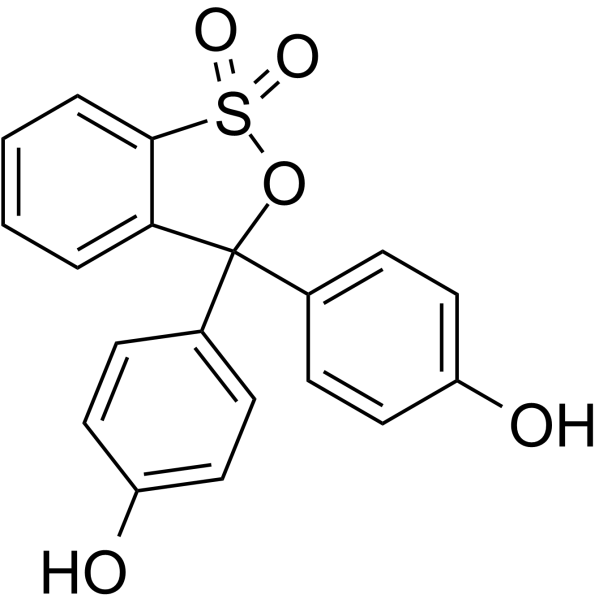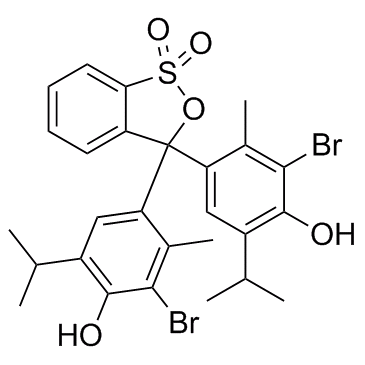| Structure | Name/CAS No. | Articles |
|---|---|---|
 |
Phenol red
CAS:143-74-8 |
|
 |
Bromothymol blue
CAS:76-59-5 |